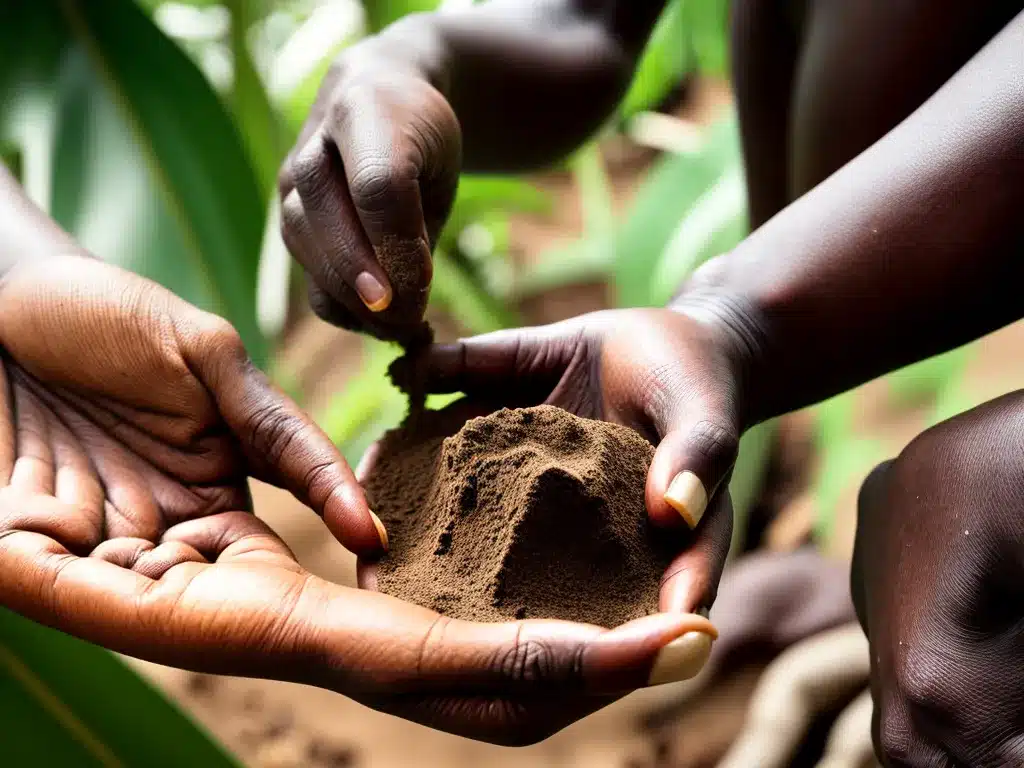
The Birth of Coffee in Ethiopia
Coffee’s story begins in the forests of Ethiopia, where the coffee plant originated. Coffea arabica, the most popular coffee species, first grew wild in the highlands of Ethiopia. I discovered that the local tribes were the first to brew coffee. They would crush the cherries and mix them with animal fat to create early versions of coffee. This drink helped them boost energy and improve concentration.
The earliest cultivation of coffee started in the 1400s in Yemen. However, Ethiopia remains the true birthplace of coffee. To this day, the nation produces unique heirloom varieties that reflect coffees ancestral origins. As an avid coffee lover, I feel a deep connection to Ethiopian coffees fruity, floral flavors. They provide a window into how coffee tasted centuries ago.
The Spread of Coffee Culture
From Ethiopia, coffee slowly spread through trade routes to the Middle East and North Africa. It arrived in Turkey in the mid 1500s, where the Ottoman Empire helped popularize the drink. The first coffeehouses opened in Istanbul and other major cities, creating vital community hubs. Patrons gathered here to drink coffee, socialize and discuss ideas.
Coffee later journeyed from the Ottoman Empire to Europe, which was captivated by this exotic new beverage. Coffeehouses started appearing in Venice during the 1600s and quickly multiplied across the continent. They became hotspots for social and intellectual life. Discussions in these coffeehouses often birthed revolutionary ideas that shaped European history.
The Rise of Commercial Coffee Production
In the 1700s, European colonial powers established massive coffee plantations in their colonies in the Americas. Islands like Cuba and Jamaica became ideal spots to grow Arabica coffee. Later, coffee cultivation spread to other tropical areas like Brazil and Indonesia.
Commercial coffee farming drove down prices, making coffee affordable for the masses. But it also gave incredible power and profits to colonial plantation owners through exploitative labor practices. Todays coffee industry still struggles with addressing these complex legacy issues.
As coffee became more accessible worldwide, people integrated it into daily routines. The cafe culture that started centuries ago in Turkey continued spreading. Today, coffeehouses on every corner connect people and energize workers and students. That morning cup of joe may be common now, but it is rooted in coffees remarkable global journey.
From Crop to Cup: Coffees Travels
There is a complex supply chain that moves coffee from seed to cup. After harvesting, coffee cherries get processed at the farm through methods like washing, pulping and drying. This removes the outer skin and inner pulp to obtain the green coffee beans.
The beans then get exported for roasting and packaging. Roasters expertly roast coffee in machines, creating the rich, aromatic flavors we love. Common roast styles like light, medium and dark roast greatly impact the taste. Finally, the packages of roasted beans make their way to cafes, grocery stores and our kitchens.
As I savor my morning brew, I now have a deeper appreciation for its origins. Every beans journey connects us to farmers around the world. Understanding this global story adds meaning to coffees inherent promise of connection. From African forests to modern mugs, coffee ties us all together.



















